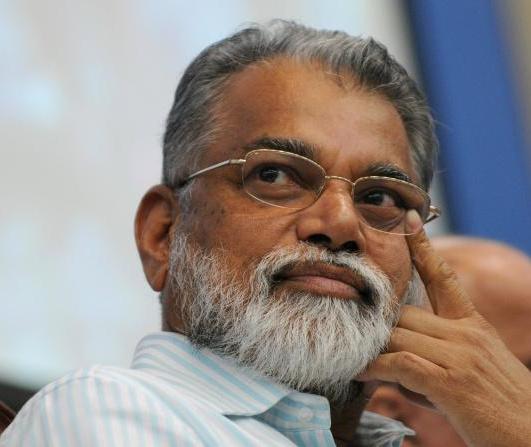India steps up space program with big budget, bigger satellites and a leap to Mars
 After 5 decades and one hundred missions, India's space program is growing faster than ever, ISRO chief K Radhakrishnan noted.
After 5 decades and one hundred missions, India's space program is growing faster than ever, ISRO chief K Radhakrishnan noted.
Speaking after the successful launch of India's advanced communication satellite GSAT-10 on Saturday morning, Radhakrishnan said India took 27 years to complete its first 50 space missions, but for completing the next 50 it took just 10 years.
Pointing out the Indian space program's faster than ever growth, he said, "The first 50 missions took 27 years, the next 50 took place in the last 10 years and the next 58 missions will happen in the next five years."
India aims to attempt 10 space missions by November next year. The country also has plans to send a rover to Mars. The list of India's upcoming ambitious space missions also includes the goal to send a manned mission to space by the year of 2016.
The most recent mission, GSAT-10, was successfully launched early morning of Saturday from Europe's Spaceport in Kourou, French Guiana. At 3,400kg, the GSAT-10 is the heaviest satellite built by ISRO. It was the India's 101st space mission.
At present, ISRO's budget is hardly 7.5 per cent the size of United States' space agency NASA, but India's home-grown space program is counted among one of the world's top six space programs.